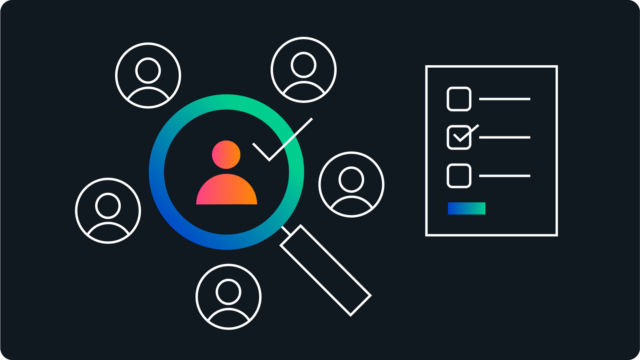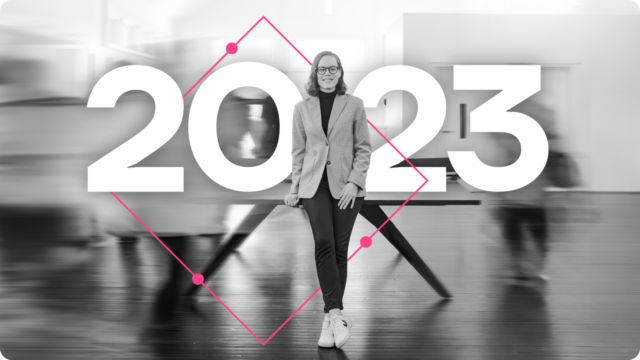How to run a successful design sprint: 4 helpful tips
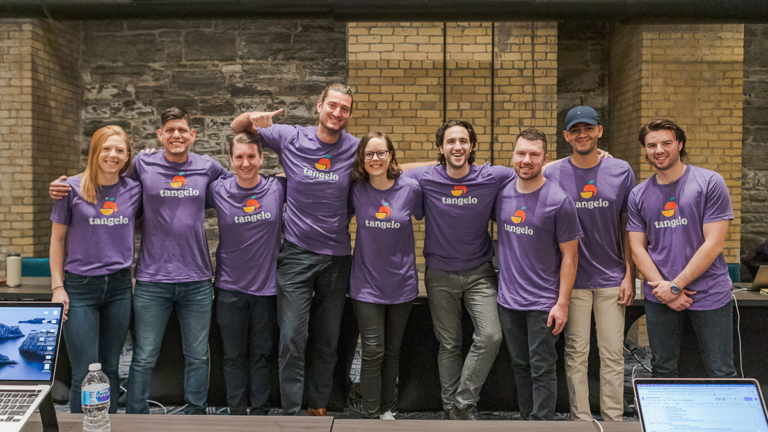
The “sprint” concept was invented at Google by Jake Knapp. It was then perfected by John Keratsky and the Google Ventures design team. Now, design teams around the world use their proven sprint recipe to solve big problems and test new ideas in short, focused sprints (typically five days). The idea is to clear your schedule and work with a small team to go from problem to tested solution by the end of the week. (Yes, you’ll definitely need coffee and lots of healthy snacks to keep you and your team fueled and on your game).
We recently ran a five-day sprint with one of our US-based clients, Tangelo, and wanted to share some of the keys to sprint success.
4 helpful tips for your next design sprint
1. Know when to use a sprint
You might be thinking, “We’re working on solving multiple big problems right now. How do I know when to use a design sprint?” Our advice – If the stakes are really high, you’re short on time, or you’re stuck, a design sprint could be for you.
How did we know a design sprint was needed for Tangelo? Well, they had just closed a number of extremely exciting opportunities that had the potential to rapidly accelerate their growth. And they were set to kick off in only 30 days. We needed to make sure the product was ready. Stakes were high. We were short on time. Decision: We needed a design sprint ASAP. We immediately booked a week in Minneapolis (the midpoint location for both of our teams) so we could bring all of the right people together.
2. Identify the right problem to solve
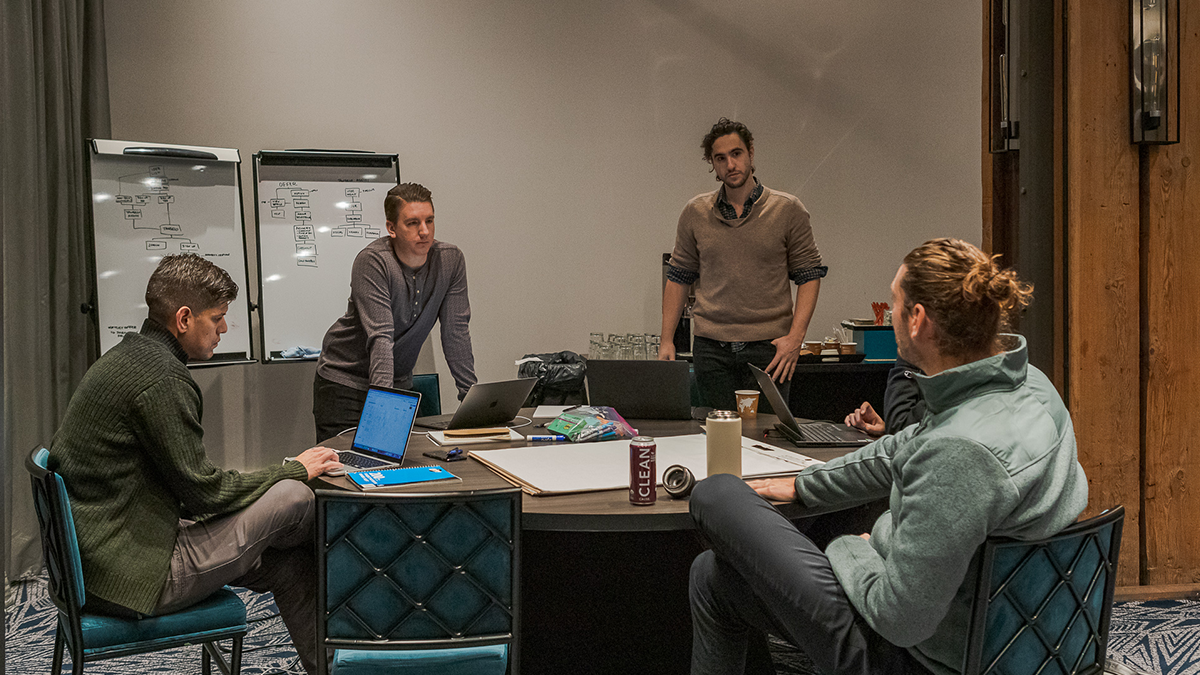
Think about this for a minute: Imagine investing five full days of work into solving the wrong problem. Now imagine your team doing the same. Multiply those five days by the number of people on your sprint team and you’ll get an idea of how much energy was expended trying to solve the wrong problem (if you really want an accurate picture, go a step further and calculate the cost of that time).
Yes, you’re still likely to learn something, and you may even have a few breakthroughs (both of which have value). But, once all of that energy has been expended, you’re likely in the same place that you started. You still won’t have solved the right problem.
Given the exciting opportunities on the horizon for Tangelo, there are many big problems to solve. But, Rome wasn’t built in a day. The same goes for your product. Even with a focused design sprint, you can’t solve all of your challenges in one week. Don’t bite off more than you can chew.
The success of a sprint hinges on identifying, prioritizing, and clearly defining the right problem. Then make every effort to remove distractions and give your team the focus they need to solve the highest priority problem at hand.
Like with any sort of planning work, we recommend starting at the end. Imagine the result you want to have at the end of your design sprint. Once you’re clear on that, work backwards. This helps identify risks before they happen, so you can work proactively to mitigate them.
3. Recruit your sprint team
Getting the right people in the room for your sprint is key to ensuring its success. Research suggests that seven people or fewer is an ideal number for a sprint. In the case of Tangelo, we had a total of nine, including seven from our Tiller team and two key leaders from Tangelo.
It’s not just about “who” should participate. It’s also about having clear roles and responsibilities. Without this clarity, you may feel you have too many cooks in the kitchen and progress may be slowed or hindered.
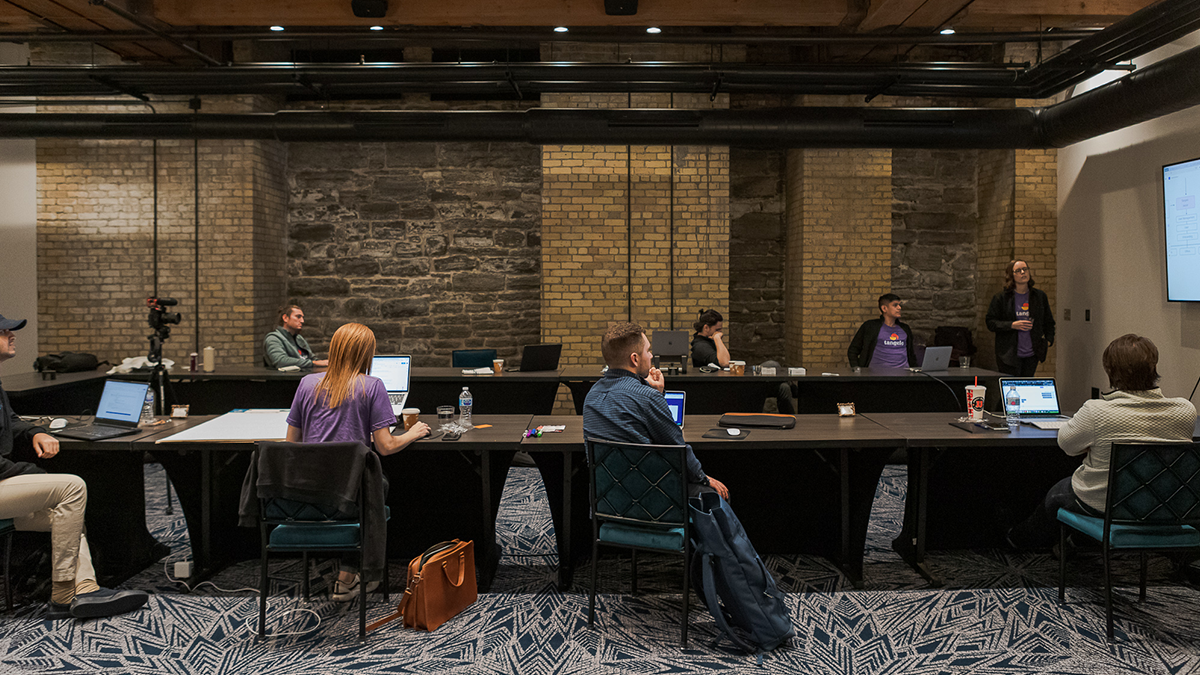
What you need:
- A diverse sprint team: Bring together people with diverse skill sets (e.g. UX strengths, UI strengths, technical expertise, copy/messaging skills, etc.) This should include people who work on the project day-to-day and have the context needed to effectively contribute. In some cases, you may also want to schedule in a few experts who may only participate for a few hours in the sprint.
- A dedicated facilitator: Just like an orchestra needs a conductor, your design sprint needs a facilitator. A facilitator is responsible for unlocking the best work from each participant. They understand each person’s unique perspectives and strengths and know how to mix and match people for maximum effectiveness. The facilitator is also responsible for managing time, conversations, and the overall sprint process. Ideally, this person is confident in leading and synthesizing discussions on the fly.
- A decision maker: Without a decision maker, all of the decisions you make won’t stick. It’s very important that it is clear who will make decisions and what process will be used. Decisions will be happening throughout the sprint, so the facilitator should be documenting decisions so he or she can hold the sprint team accountable for these decisions. Slow decisions can really slow the momentum and threaten the sprint timeline, so it’s also important that the facilitator asks for a decision if the sprint team begins to dive too deeply into a debate.
4. Choose your tools
Before your sprint begins, it’s important to have the right tools in hand. Yes, that means whiteboards, sticky notes, and maybe even some small dot stickers (for voting). But you’ll also want to choose the design and prototyping tools your team will use to collaborate.
Here are a few of the tools we used for wireframing and UI design with Tangelo:
- InVision
- We use Freehand (essentially a digital whiteboard) for mocking up user requirements, user flows, user journeys, and low-fidelity prototypes.
- Once we’ve mapped out low-fidelity wireframes using Freehand, we create high-fidelity prototypes in InVision. This allows us to closely simulate the experience and allow users to click through the workflow.
- Sketch
- Our design team uses Sketch’s cloud-based solution to collaborate live in a single workspace. We create high-fidelity wireframes, mockups, and prototypes with Sketch, and then use an InVision plug-in to sync our Sketch workspace with Invision.
- Given we were working on a mobile app with Tangelo, we used Sketch Mirror to demo the mobile prototypes in real-time as we designed.
Other tools you may want to consider:
- Miro – Although we didn’t specifically use this tool in our Tangelo sprint, we often use this tool when collaborating with clients. It serves a similar purpose to Invision Freehand.
Figma – Another great tool for designing prototypes, mockups, and design systems.
What we love about these tools is that they allow multiple people (designers and others alike) to collaborate together live in the same workspace. They allow us to move quickly while staying in-sync every step of the way.
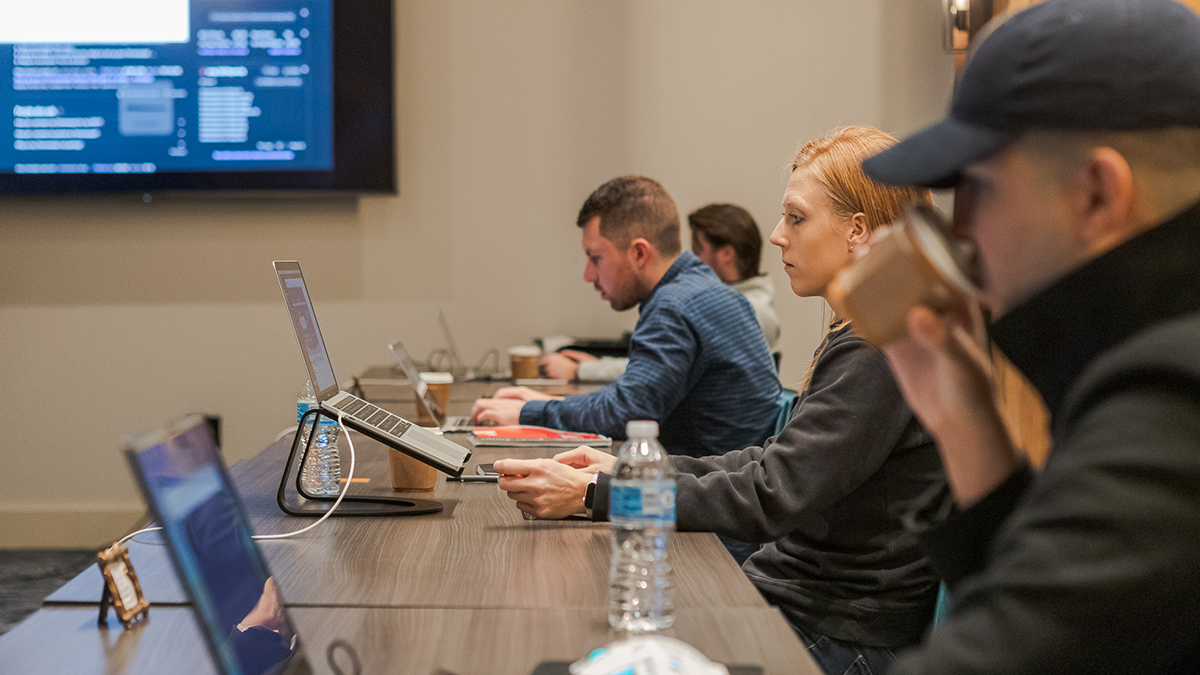
Want more guidance?
If you’re curious to learn more about planning for and facilitating a sprint, I highly recommend reading “Sprint: How to Solve Big Problems and Test New Ideas in Just Five Days” by Jake Knapp. Also, check out thesprintbook.com for some helpful downloadable resources, including tools and checklists, sprint planners, worksheets, and more.

